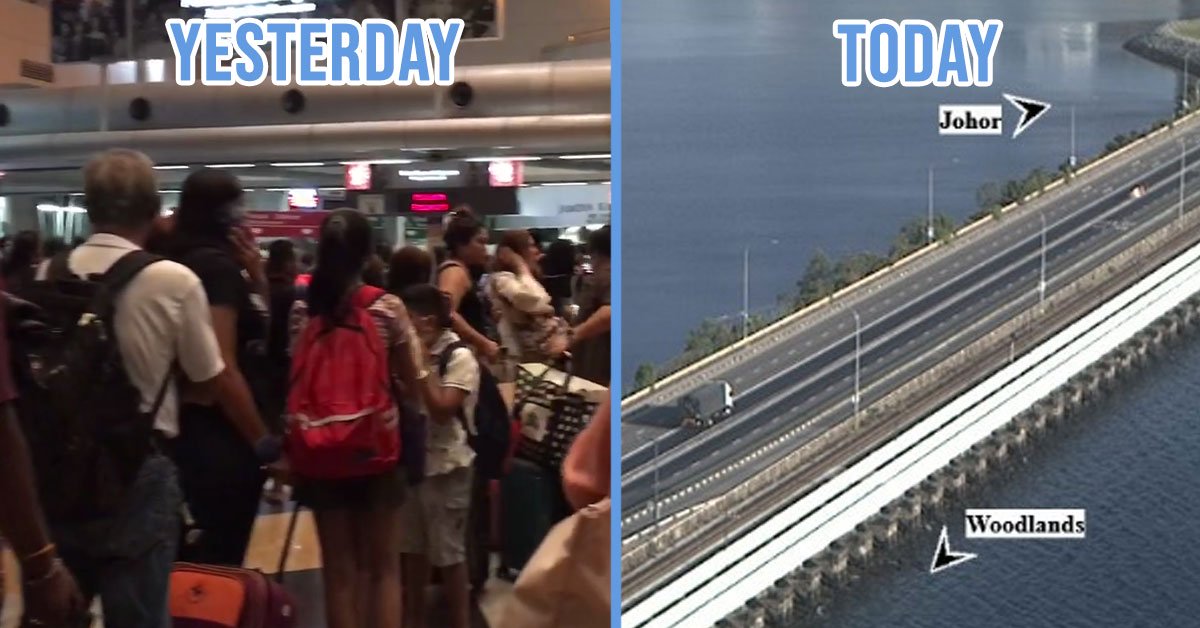With technology being more advanced than ever, it should be relatively easy to carry out home-based learning in light of the coronavirus outbreak right?
Apparently not.
Like any piece of tech, some may have its flaws. That was the case for video-conferencing platform Zoom after hackers managed to hijack the streaming of a lesson and showed obscene images to some students.
Now, 3 layers of defence have been installed:
MOE Resumes Using Zoom for HBL After Adding ‘3 Layers of Defence’
The Ministry of Education (MOE) has allowed schools to progressively resume the use of video-conferencing platform Zoom after it introduced three additional layers of defence.
The defence includes what’s deemed to be an all-encompassing “security button” which is able to consolidate Zoom’s security features.
This came after reports last week emerged of privacy breaches which occurred while students were making use of Zoom.
Hackers had hijacked the streaming of a lesson and showed obscene images to students and in another case, lewd messages.
The next course of action was that teachers were instructed to stop using the platform to fulfil their home-based teaching.
Two police reports were also lodged regarding the incident, according to MOE’s divisional director for the educational technology division, Mr Aaron Loh.
Since then, the ministry has installed three layers of defence, Mr Loh said.
Now Easier For Users To Activate Security Button
MOE has worked hand in hand with Zoom.
Security settings on the platform have been consolidated to the security button to make it easier for users to activate the settings.
Besides the security button, the teachers’ default security settings on Zoom are now centrally managed by the ministry to “further secure the platform across all school users in a consistent way.”
Teachers will also be asked to get acquainted with the new security feature.
But that’s not all, MOE has more tricks up their sleeves.
Another thing MOE has done is to restrict the features of Zoom that teachers can make use of, such as disabling screen annotation and screen-sharing and the use of the whiteboard feature in order to prevent misuse.
Features Might Be Enabled Later On
“As security concerns are addressed and users become more familiar with the security protocols, we will progressively enable these features again.” Mr Loh said.
Yet another security measure would require teachers to be familiar with the security protocols and be ready to follow the enhanced security settings.
Teachers must submit their acknowledgement of compliance before they’ll be allowed to carry out “live” lessons on the platform.
In summary the layers of defence include:
- Consolidated the security button so it’s easier to activate
- Teachers’ default security settings on Zoom now managed by Ministry
- Disabling screen annotation, screen-sharing & whiteboard feature to prevent misuse, but this might be lifted later
- Teachers must be familiar with the security protocols and be ready to follow the enhanced security settings for Zoom.
Students Must Also Be Responsible
That being said, the students also have their own role to play when it comes to video conferencing.
“Schools are provided with a checklist and other materials to ensure the safety and security of our students and teachers when carrying out video conferencing on these platforms.”
“Students must also be responsible users of technology and play their part by observing appropriate behaviour when video conferencing, such as following their teachers’ instructions and not sharing passwords with others,” said MOE.
Mr Loh also emphasised that video conferencing platforms like Zoom are imperative for full home-based learning to engage students to enable them to teach and learn respectively from home and outside of the classroom.



